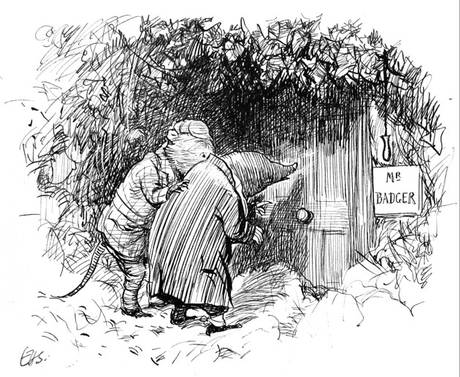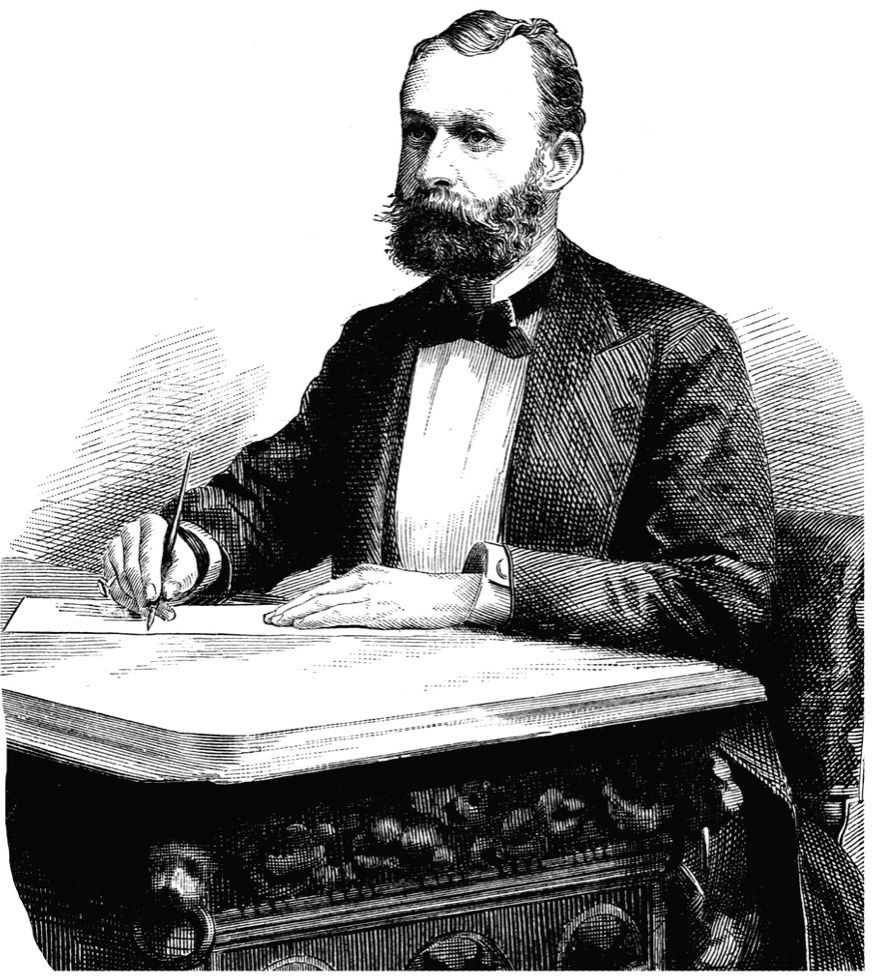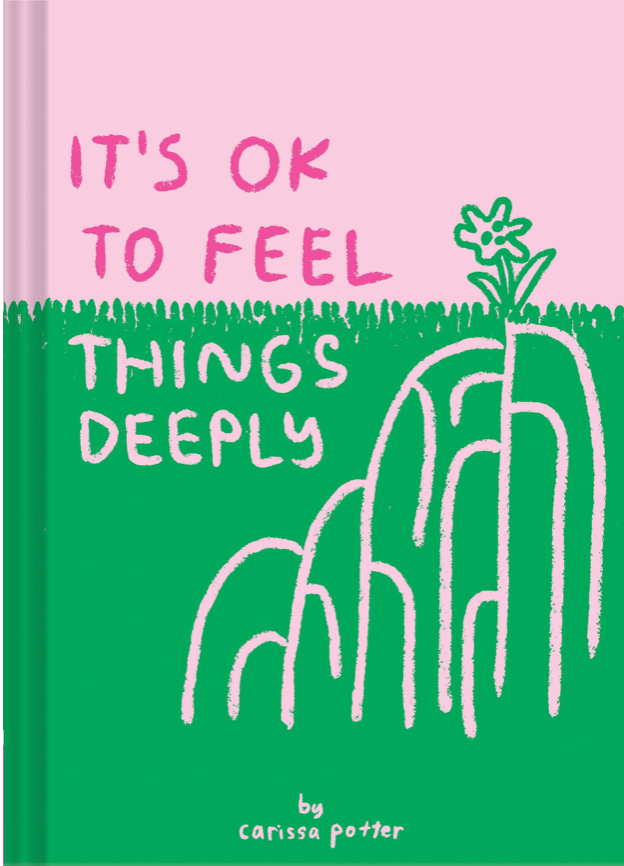Animal stories are the stuff of an imaginative child’s delight: Kenneth Grahame’s Ratty and Mole, C.S. Lewis’s beaver family, Beatrix Potter’s Benjamin Bunny. In these stories, impossibility is key. “Lucie opened the door: and what do you think there was inside the hill? – a nice clean kitchen with a flagged floor and wooden beams – just like any other farm kitchen” . . . only suspiciously smaller. In fact, everything in Beatrix Potter’s Mrs. Tiggy-Winkle is suspiciously small, including the washerwoman herself, who has other strange features: a nose that goes “sniffle, sniffle, snuffle” and prickles rather than pincurls under her cap. But none of her animal-like qualities stops Tiggy-Winkle from living a very person-like existence, wearing a print gown and apron while she irons out her neighbors’ waistcoats. This is a common animal story conceit: away from the familiarity of home, a child encounters fantastical creatures, the impossible nature of which she only slowly registers. (Tiggy-Winkle is a hedgehog!) At which point, the child seems to awaken; perhaps it was all a dream. But was it? The evidence points in both directions, a la Lewis Carroll’s Alice in Wonderland.
Not too far afield, Kenneth Grahame’s The Wind in the Willows asks the same question – person or animal? – but the evidence is more complicated. The story of Mole and Water Rat begins with characters that are clearly animal, and it only slowly dawns upon the reader that it’s the other way around. The animals here are stand-ins for people, and very recognizable people, at that. Otter is the scrappy, cockney city chap; Badger your introverted, gruff old country fellow; Toad the landed gentry whose money has gone to his indulgent head. And Mole lives in his under-hill home, which is no muddy animal lodging, but instead a tidy, thoughtfully-decorated . . . well, let’s be honest: hobbit hole. And to the same extent that Bilbo Baggins is actually a landed English gentleman, mole is also an ordinary fellow; he is not very “animal” at all. (It is interesting to think that The Wind in the Willows was written three decades before The Hobbit, and that Tolkien had read and liked it.) Unlike the Tiggy-Winkle tale, there is no dream here to wake up from. Whether we notice it or not, we readers perceive the actions of Mole and Ratty as those of humans – albeit quirky humans with rather furry paws.
So what rescues Grahame’s tale from being the sort of anthropomorphic animal story C.S. Lewis called “astonishingly prosaic”?[i] Lewis talks critically about animal stories that directly substitute possum for person, in which the central character might be a human knight just as easily as a field mouse. (Brian Jacques’s recent Redwall series exemplifies the substitution effect of animals-as-people. Lewis would have recognized – and, I think, enjoyed – Jacques’s woodland characters for what they are: people walking around in mice’s clothing.) Regarding Willows, Lewis admits that the animal-person “disguise is very thin”[ii] – but it’s not completely transparent. Willows stands apart because it leaves room for some uncertainty in the details. As in Tiggy-Winkle, the evidence points in conflicting directions: Are these actually animals, or are they people?
The way Grahame asks the question is the same thing for which Willows catches some negative criticism. In the story, the human interplay with the animal characters is inconsistent, at best. We read along for some pages, often forgetting the protagonists are animals – they seem so people-like, living in their comfortably-appointed parlors with fully-stocked kitchens and cleanly-swept entry halls – when suddenly Grahame introduces the idea of humans inhabiting the same world as Ratty and Mole. Bam! The fantasy we’ve been receiving as reality reels on its own axis for a moment. How could Badger, so seemingly-human himself, inhabit rebuilt ruins left over from England’s very historical and real Roman occupation? How could Toad inhabit the same living space as the human Gaoler’s daughter, and, even more bizarrely, entertain the possibility that she might fall in love with him, a toad? Ratty and Mole walk down lane and through village like any other human biped, but on the very next page, they respond to that purely animal instinct that sends them scrabbling across long distances toward home. These are jarringly incongruous moments.
The Wind in the Willows is stronger for them. Incongruity is actually a crucial part of Grahame’s imaginative magic. When, upon reflection, we realize we’ve been picturing Mr. Toad with human arms and legs (After all, how else could he don his motor-clothes? Or drive a car? Or comb his hair?), and when he comes up against a group of truly human travelers on the open road, the impossibility of a frog so easily convincing a crowd of people that he’s human is part of the enjoyment. It’s also part of the book’s deeper resonance. With Beatrix Potter, the Person-or-Hedgehog question is straightforward. With Grahame, it’s more convoluted, and the book is a funny, wild ride, not despite, but because of all the clashing uncertainties. Two decades later, A.A. Milne’s Winnie the Pooh stories playfully intertwined similar uncertainties, creating a study in reflexive text pervaded by the old Velveteen Rabbit question, “Is Pooh stuffed? Or is he a real bear?” The answer for Pooh is “both.” Or perhaps the answer actually is, “Does it matter?” Likewise, though The Wind and the Willows never overtly asks “What’s really going on here?” the reader is forced to consider the possibilities again and again. And, as in Tiggy-Winkle, as in Pooh, there’s no clear answer.
At the end of Potter’s Mrs. Tiggy-Winkle, Lucie holds the cleaned and pressed bundle of lost handkerchiefs in her hand – who but Mrs. Tiggy-Winkle could have put them there? And yet she also spies Mrs. Tiggy-Winkle, small and prickly, unclad, dashing away on all fours – “nothing but a hedgehog.” Did Lucie, like Carroll’s Alice, merely fall asleep in the grass and dream the washerwoman? Or did she, like Alice in Through the Looking Glass, actually see the other side of reality? The best of these children’s animal stories charmingly, cleverly know that the value isn’t in the answer, but in the question (Is it dream or is it reality?), and in the deeper questions that initial question unsettles and shakes free. This is the child’s version of a tactic as old as Chaucer’s Canterbury Tales, as recent as Postmodern thought and as exciting as the drama in grownup tales like Christopher Nolan’s 2010 film Inception. (I know which way I wanted that spinning top to fall. But did it or didn’t it?)
The initial question matters because, at the end of it, we arrive not at the answer, but at something more personally challenging. In this animal-peopled world of children’s lit, we are forced to engage a more bracing imagination that considers unfamiliar possibilities. And this is good, because we’ve got to get outside the norm in order to see both ourselves and others more clearly. As G.K. Chesterton says, when familiarity breeds contempt, “We must invoke the most wild and soaring sort of imagination; the imagination that can see what is there.”[iii] Marilynne Robinson further suggests that imagination is essential in loving and identifying with others – especially others who differ from ourselves.[iv] Of Kenneth Grahame’s narcissistic Mr. Toad, C.S. Lewis explains that the unnatural combination of human traits and froggy features lead to not only an “amusement in,” but also an actual “kindness towards a certain kind of vanity in real life.”[v] We’ve got to get outside our world in order to live better in it. The likes of Grahame and Potter and Milne offer a way out.
So, in the end of Potter’s story, Lucie’s initial, astonished response is wrong. Mrs. Tiggy-Winkle “nothing but a hedgehog?” No. Here in Animal Land, it is everything-and. The incongruities are the gateway to both the dream and the reality, where we can imaginatively engage impossibilities in order to see what’s really true.
[i] Lewis, C.S. Surprised by Joy.
[ii] Lewis, C.S. On Stories and Other Essays on Literature. “On Stories.”
[iii] Chesterton, G.K. The Everlasting Man.
[iv] Robinson, Marilynne. When I Was a Child I Read Books. “Imagination and Community.”
[v] “On Stories.”




